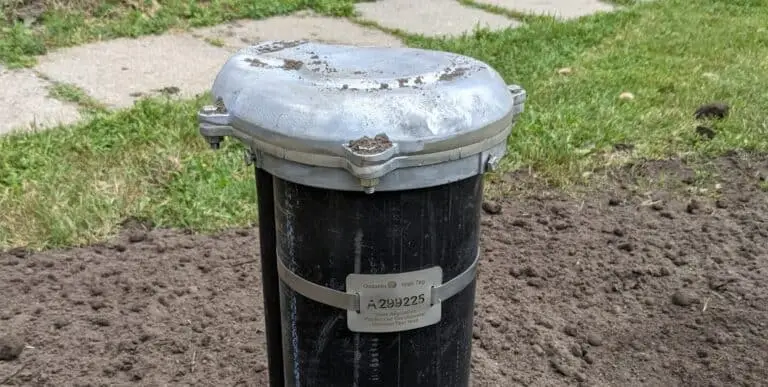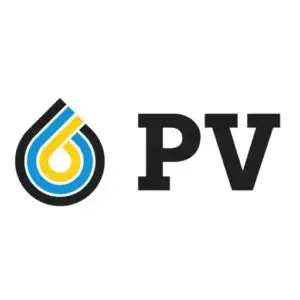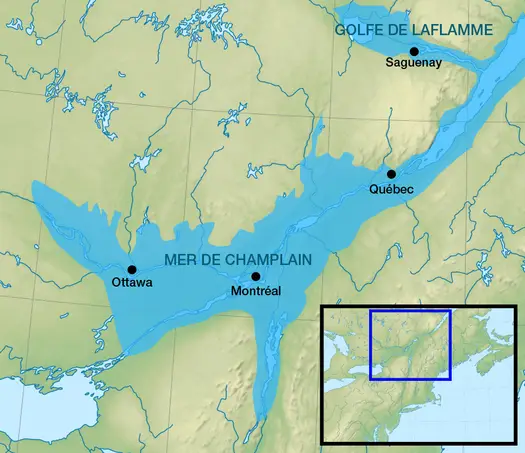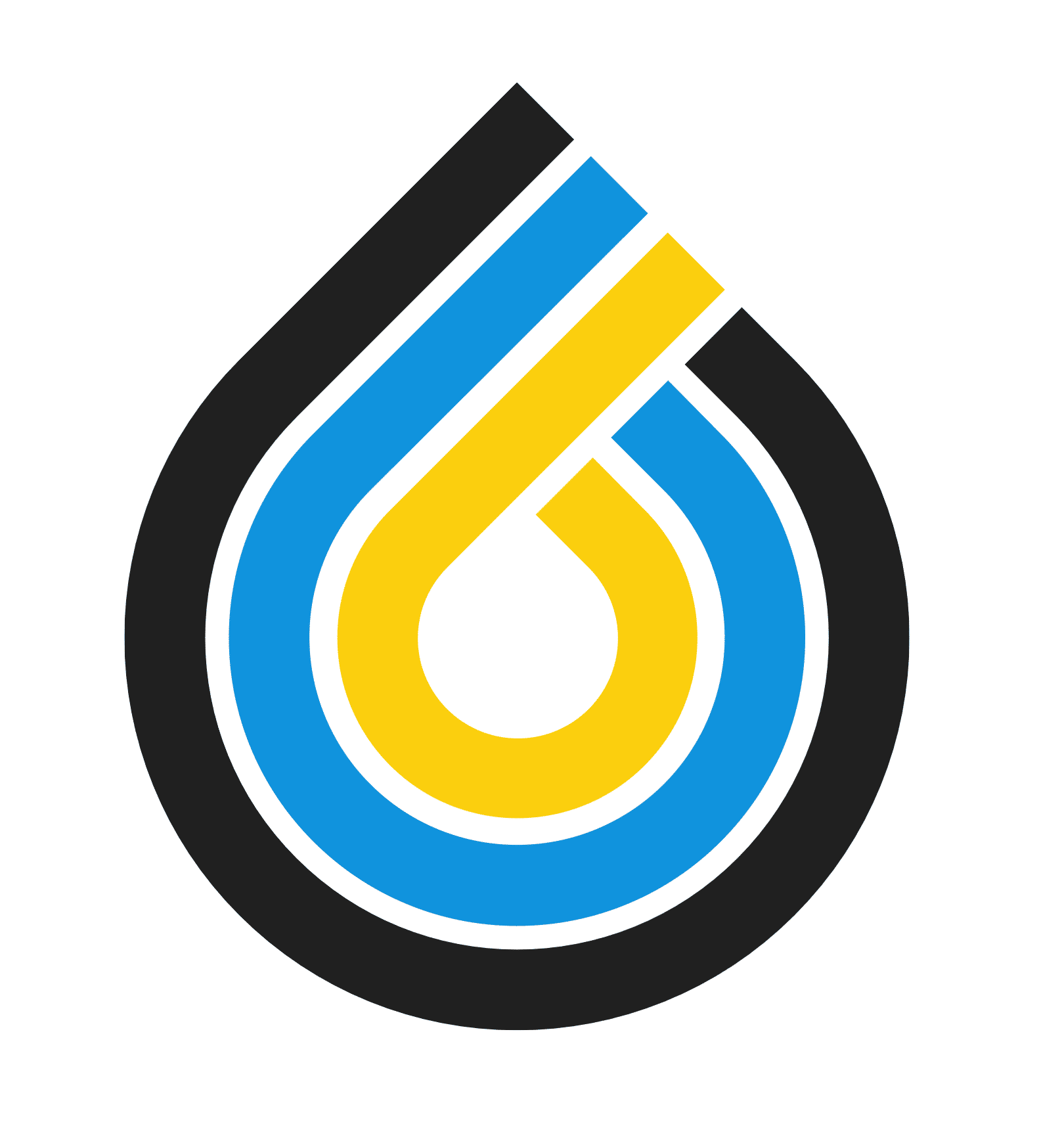

The PV Team
We keep water flowing in rural Ottawa with a team of licensed well technicians, water treatment specialists and plumbers.
How an Ancient Sea Shaped Ottawa Wells
Hydrogeology is a complex beast shaped by thousands and millions of years of geo-chemical interactions, surface water intrusion, tectonic plate movements and even the existence of long-gone seas. A good well driller will have a 3D map in their mind of the area they are working in. Drill at just the right depth in this spot and you’re likely to find plenty of crystal clear fresh water, drill at the wrong depth in another area and you’ll have water so brackish the TDS (total dissolved solids) will approach the levels of ocean water. This brackish water trapped deep in the ground, along with a layer of marine clay, is the evidence left behind of a once great sea which existed up until 10,000 years ago.
Plenty of frustrated Ottawa well owners have learned about this ancient body of water, called the Champlain Sea, the hard way. A planned man-cave in the basement has to make way for thousands of dollars of water treatment in order to make this near-sea-water drinkable
The Champlain Sea and your well.
This sea water is trapped in pockets called aquifers. It can be nearly impossible to tell exactly where these brackish aquifers are going to be, but we do know the areas where they are most likely to occur. Certain pockets are found to the west of Ottawa but a larger concentration can be found to the east in Gloucester, the springs at Carlsbad Springs, Caledonia Springs and Plantagenet Station. They appear in certain municipalities like Greely, Embrun, Limoges, and Clarence-Rockland.
During the last ice age the Ottawa area was covered in continental ice-sheets. These massive sheets of ice were so heavy they actually depressed the bedrock. This, coupled with higher ocean levels, made the Ottawa Valley below sea level. Once the ice began to melt and retreat we remained under sea level, creating the Champlain sea roughly 13,000 years ago. This impressive brine stretched from Renfrew and Arnprior in the West, to Kingston in the South and all the way to Montreal and the mouth of the St. Lawrence in the East.
Eventually the sea levels worldwide began to lower and without the pressure of glaciers the bed rock began to slowly lift causing the Champlain Sea to slowly disappear over the course of thousands of years until a more recognizable Ottawa Valley appeared 10,000 years ago.
Despite being whale-free for so long, the evidence is still scattered around the valley. When we install sand-points we inevitably have to drive through compact marine clay sometimes called “the hardpan” which was once the sea floor. Anyone who’s ever done some excavation in the valley may have found their fill littered with small sea shells, some people have even found whale and other marine fossils.

Brackish Results on some Wells in Ottawa.
However the most frustrating mark the sea left behind is its salty water deposits dotted around the region. We measure this brackishness in part using a measurement called TDS, or total dissolved solids. The TDS tells us the total combined levels of inorganic and organic substances present. Ocean water is extremely salty with a TDS of around 35,000 mg/l. To put this into perspective, excellent fresh water would have a TDS of less than 300 mg/l and we often see around 350-400 mg/l when we test.
The brackish water left behind by the Champlain Sea can reach a TDS of 10,000 mg/l, still not nearly as bad as ocean water but certainly much higher than ideal freshwater. That being said it is rare to get a well that bad, despite the existence of the Champlain deposits. Oftentimes a slight amount of salinity exists at much lower levels. Another potential source of sodium in water is run off from winter salting.
How do we deal with Salty Water?
Using our field water test kit we can determine the TDS of your water, as well as certain other parameters such as the hardness, iron (ferric/ferrous), copper, nitrites, nitrates and PH. If your water is high in salt, there are solutions depending on how much salt is present and your needs.
For the most part the best way to treat brackish water is with an reverse osmosis system. These are water filters with several stages. Though they can vary they usually include a sediment filter, carbon pre-filter, reverse osmosis membrane and post-carbon filter. ROs are effective at removing almost everything from your water leaving it completely stripped.
For the most part the water quality in Ottawa Valley aquifers is wide ranging, from completely crystal clear water straight out of the well which requires no treatment at all to the brackish brine left over by the Champlain sea. Most homeowners find they may just have some aesthetic issues like hardness or a little iron
Want to know more about your well water quality?
Regardless of your water quality we are experienced in treating your issues and have years of experience in the Ottawa Valley. We are happy to answer any questions, and can even provide free onsite water tests! Contact us today!

